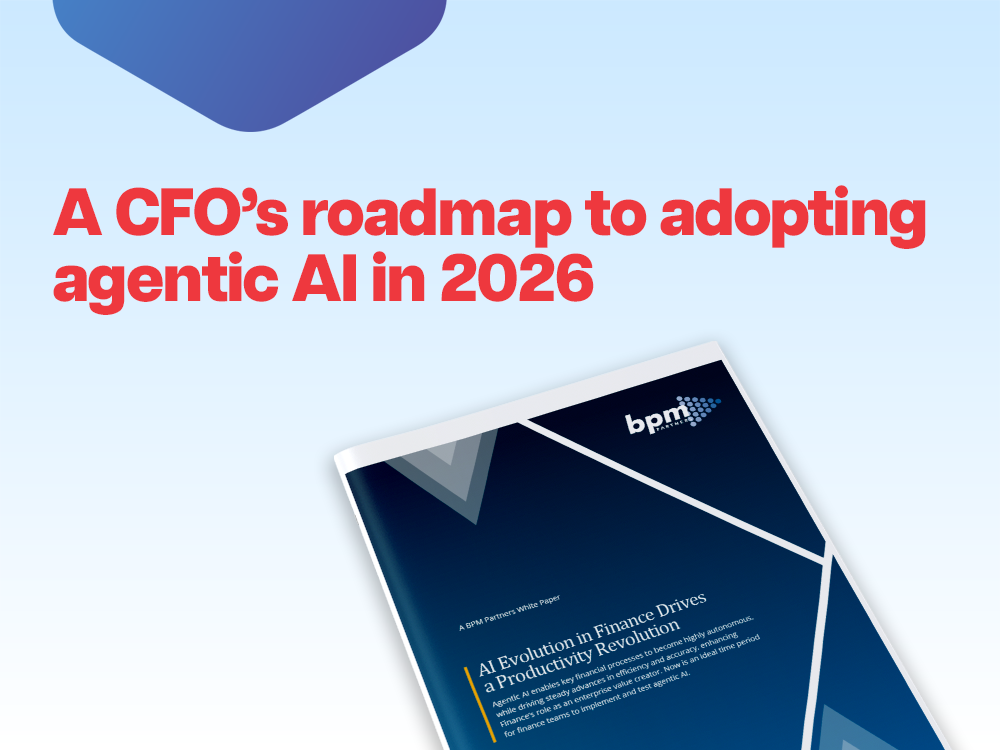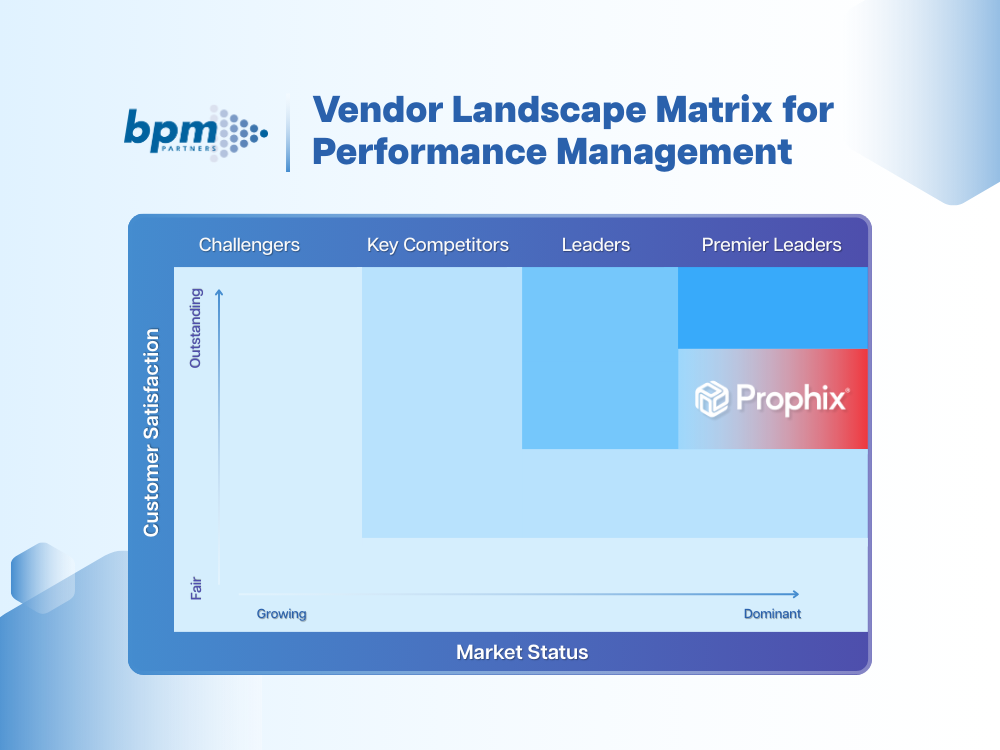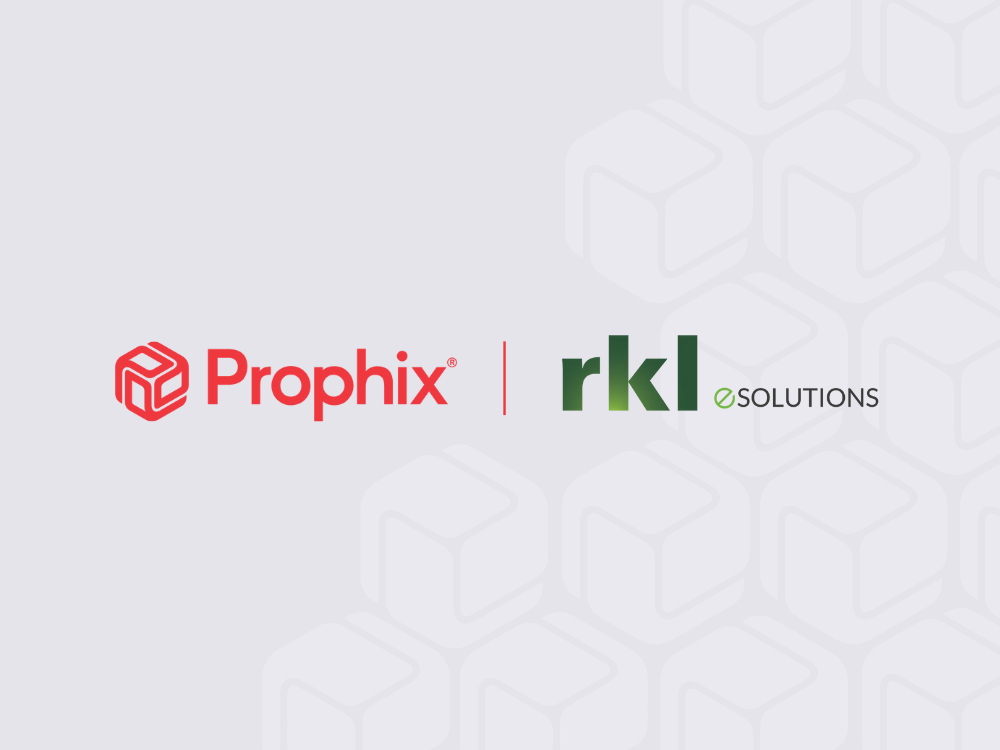Descarga el whitepaper de BPM Partners
¿Qué es mejor? Software FP&A frente a Excel
Menos del 50% de las empresas realizan eficazmente los procesos de presupuestación y planificación.
octubre 6, 2023Según un estudio realizado por Ventana Research, menos del 50% de las empresas llevan a cabo los procesos de presupuestación y planificación con eficacia.
¿Por qué? Excel es el "software" más utilizado por los departamentos financieros.
Los equipos financieros han confiado en las hojas de cálculo desde que Excel hizo su debut en los años 80. Según CFO.com, el empleado medio de FP&A dedica el 75% de su tiempo a recopilar datos y administrar el proceso, lo que deja sólo el 25% de su tiempo para el análisis de valor añadido que impulsa el rendimiento empresarial.
Está claro que el uso de un software específico de FP&A para presupuestar, elaborar informes y planificar ahorra mucho tiempo y aporta valor añadido, de modo que los responsables financieros tienen tiempo para hacer lo que mejor saben hacer: convertir los datos en información.
En este artículo, analizaremos qué es mejor: El software FP&A frente a las hojas de cálculo. Aprenderá:
¿Qué es el software FP&A?
El software FP&A está destinado a directores financieros, responsables de finanzas y responsables de la toma de decisiones para gestionar la elaboración de informes, presupuestos, previsiones y planificación y realizar un seguimiento de la salud financiera de la empresa.
Con el software FP&A, puede:
- Agilizar la gestión presupuestaria
- Automatizar los procesos repetitivos
- Integrar sus datos directamente desde la fuente
- Acceder a puntos de datos en tiempo real
- Crear previsiones completas y detalladas
- Realizar análisis de datos complejos
El software FP&A es un componente crítico de la gestión del rendimiento financiero.
¿Qué es la gestión del rendimiento financiero?
La gestión del rendimiento financiero (FPM) es la forma en que una empresa gestiona los procesos financieros en toda la organización. La gestión del rendimiento financiero incluye la presupuestación y la planificación, la elaboración de informes y análisis, la consolidación financiera y la gestión entre empresas.
Disponer de un software de gestión del rendimiento financiero también suele ser señal de madurez financiera. Si gestionas tu presupuesto en una hoja de cálculo, eso indica un nivel "bajo" de madurez financiera. ¿Por qué? Porque las hojas de cálculo son una herramienta estática que no se puede ampliar a medida que crece la empresa y sus necesidades de información.
Ahora que hemos establecido lo que es el software de FP&A, veamos las diferencias entre el software de FP&A y Excel.
Diferencia entre el software FP&A y Excel
La mayoría de las empresas se pasan al software de FP&A porque Excel o las hojas de cálculo presentan limitaciones, entre las que se incluyen: inversión (tiempo y dinero), facilidad de uso, automatización e integración, flexibilidad y escala, y seguridad de los datos.
Veamos las diferencias entre ambos en esas categorías.
Inversión en tiempo y dinero
Software FP&A
Requiere una inversión (en tiempo y dinero), pero garantiza una mayor precisión y eficacia de sus datos financieros de cara al futuro.
Hojas de cálculo
Es gratuito, pero hay que invertir mucho tiempo en el mantenimiento y las actualizaciones para garantizar la exactitud de los datos.
Facilidad de uso
Software FP&A
La formación es necesaria con el software FP&A, pero los conocimientos financieros existentes y los programas de implantación garantizan una aplicación eficiente y organizada para que todos los usuarios hagan su mejor trabajo.
Hojas de cálculo
Es fácil de usar y requiere una formación mínima, pero puede complicarse con el mantenimiento de las plantillas y la validación continua de los datos para garantizar que no se produzcan errores por introducción manual o por copiar y pegar que puedan romper todo el libro de trabajo.
Automatización e integración
Software FP&A
Los datos se extraen de sus sistemas y se actualizan automáticamente en el software FP&A. Las integraciones predefinidas con su software de contabilidad, ERP, CRM o HRIS automatizan la recopilación de datos.
Hojas de cálculo
Copiar y pegar datos manualmente en hojas de cálculo desde su fuente de datos, añadiendo columnas, filas y fórmulas que pueden afectar a la integridad de su libro de trabajo.
Flexibilidad y escala
Software FP&A
Altamente personalizable para satisfacer sus necesidades específicas de elaboración de informes.
Hojas de cálculo
Flexibilidad limitada en cuanto a escala o personalización.
Seguridad de los datos
Software FP&A
Las auditorías de seguridad y las normas de cumplimiento están integradas en el software FP&A para garantizar la integridad y seguridad de los datos, así como una pista de auditoría completa.
Hojas de cálculo
Las limitaciones del control de versiones y del historial dificultan el cumplimiento de las auditorías.
Cuando se piensa en la elaboración de presupuestos, informes y análisis, se trata de un proceso de varios pasos con varios miembros del equipo multifuncional y partes móviles, que es difícil de llevar a cabo en una hoja de cálculo.
¿Cuáles son las ventajas del software FP&A?
Ventajas del software FP&A
Las empresas no se pasan al software de FP&A sólo por las limitaciones de una hoja de cálculo. El software FP&A ofrece más que una hoja de cálculo, incluyendo:
- Facilidad de implementación
- Integraciones optimizadas con otros sistemas
- Análisis de datos sofisticados
- Aumento de la productividad
Veamos las ventajas del software FP&A con más detalle.
Fácil de implantar
El software FP&A nativo en la nube sólo requiere un navegador web. No es necesario instalar la última versión o la correcta, ni instalar complementos de hojas de cálculo. Todo lo que necesita para presupuestar, planificar y elaborar informes está disponible a través del navegador web y sus credenciales de inicio de sesión. Es más, puede acceder al software FP&A desde diferentes dispositivos y acceder al último informe, actualización o datos, frente a una hoja de cálculo guardada en el escritorio de alguien.
Integraciones optimizadas con otros sistemas
La mayor parte de la planificación financiera implica importar datos de su sistema contable, HRIS o ERP. Con el software FP&A, estas integraciones están automatizadas, por lo que la recopilación de datos se realiza automáticamente, sin necesidad de importación manual. Esto significa que sus informes posteriores se actualizan automáticamente a medida que se añaden cuentas a su plan contable.
Análisis de datos sofisticados
El software FP&A ofrece consultas ad hoc, datos de alto nivel del libro mayor por cuenta, departamento o proyecto, o un desglose de las transacciones subyacentes. Este nivel de granularidad permite a los responsables financieros realizar análisis sofisticados. La planificación descendente también es una característica estándar en el software FP&A, lo que significa que los datos anuales a través de meses o los costes a través de departamentos basados en datos históricos se realizan automáticamente con la funcionalidad incorporada. Un último ejemplo es que las nuevas cuentas o departamentos aparecen automáticamente en los informes, sin necesidad de ajustes o entradas manuales.
Profundice en sus datos con análisis ad hoc
Mayor productividad
Las hojas de cálculo requieren mucho tiempo y esfuerzo manual para su actualización. A modo de recordatorio, el 75% de los directores financieros dedican su tiempo a recopilar datos manualmente y a configurar informes en hojas de cálculo, cuando ese tiempo podría dedicarse a tareas de valor añadido.
El software de FP&A reduce la necesidad de realizar tareas manuales que consumen mucho tiempo, como la introducción de datos y las tablas dinámicas, para liberar tiempo para examinar los datos que informan las decisiones empresariales.
No es un caso de hojas de cálculo o no hojas de cálculo
No se trata del software FP&A o de Excel. Las hojas de cálculo siguen teniendo cabida en la oficina de finanzas, pero no deben utilizarse como única fuente de información para la elaboración de presupuestos, planes e informes.
La mayoría de los responsables financieros utilizan hojas de cálculo a diario para algunos, la mitad o todos sus procesos financieros. Pero la indecisión de cambiar al software de FP&A no debería dominar la necesidad de hacer el cambio.
En resumen, el software FP&A transformará su forma de trabajar. Tendrá más tiempo para el análisis y las tareas de valor añadido que mueven la aguja en el rendimiento empresarial. Ahorrar tiempo es ahorrar dinero. Una visión completa de su negocio desde el software FP&A, y más tiempo en su agenda, significa que usted y su equipo son libres para centrarse en lo que más importa a su negocio.





